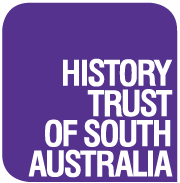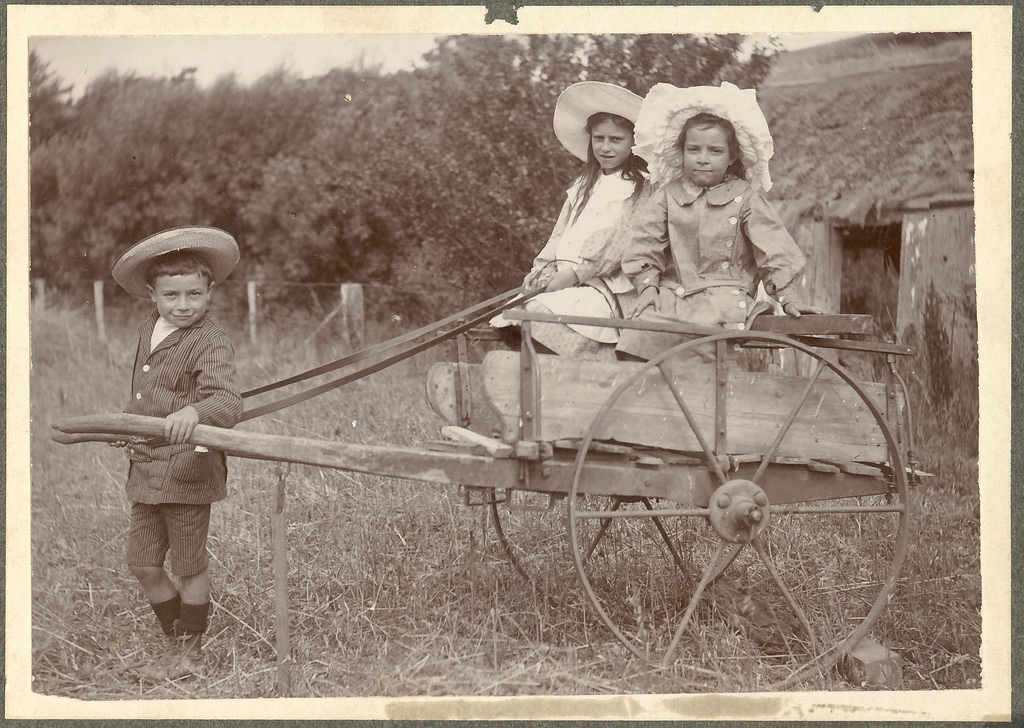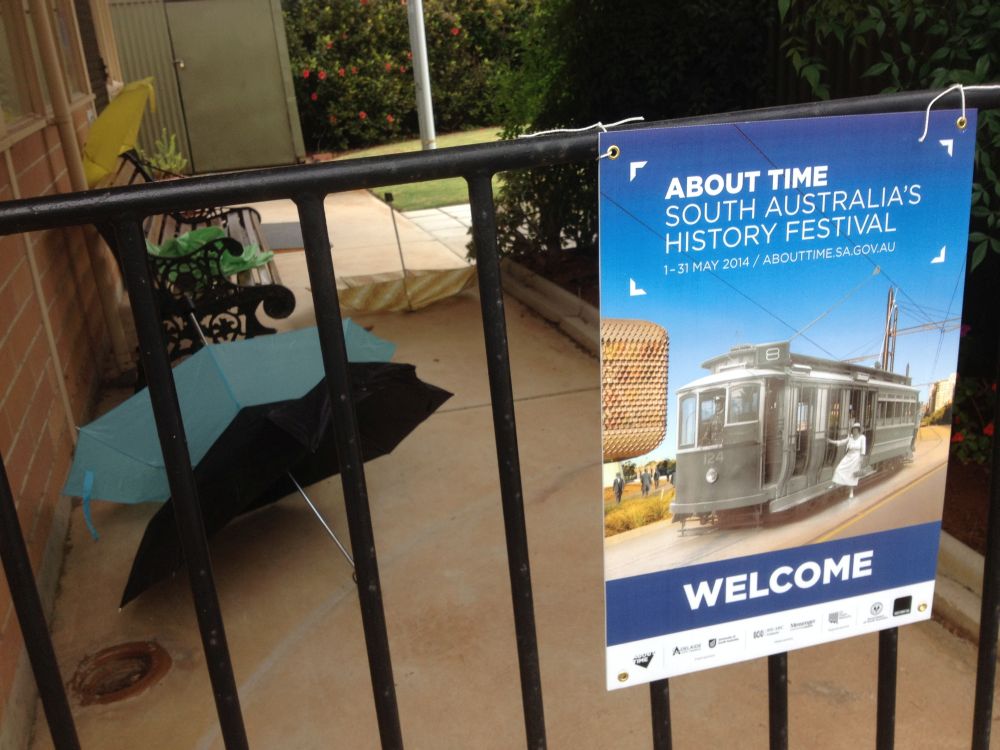Once Upon a Time: Stories of South Australian childhood is the latest travelling exhibition from History SA. It offers a glimpse into the lives of children living in South Australia over successive generations, in both the happy and more challenging times. It is intended to motivate people to share their community’s own unique stories of what it was like growing up in their particular town or region.
Photographs were chosen from the collections of five South Australian community history groups: City of Holdfast Bay Local History Centre, Embroiderers’ Guild Museum of South Australia, Gawler National Trust Museum, Mallala Museum and the Mount Lofty Districts Historical Society, and incorporated with images from the South Australian Government Photographic Collection. The groups worked collaboratively with History SA’s Community History Officers and selected five themes to explore; showing the changes that have affected children from birth, at school, at leisure, in the community and their health care.
As well as text and images, throughout the display there are QR codes that when scanned using the appropriate mobile device will link the user with additional online images on our Flickr site. There are also memory prompts within the text designed to assist the viewer to recall their own childhood and initiate conversation.
Accompanying the display is a digital photo frame which operates a slide show of over 100 more captioned images from the collections of the community groups involved.
This project has been designed for use as a temporary display within local museums, libraries and other community spaces as well as schools and aged-care facilities. It can be borrowed from History SA free of charge for a minimum of four weeks at a time. It can stand alone or be used as a starting point to create a more personalised display or event on the theme of childhood. For example:
- Digitise a series of historic images reflecting childhood from within the community and create a continuous slide show in the second digital photo frame that accompanies the exhibition. The search for images and the digitisation process can be turned into an engaging community event in itself.
- Create a display of childhood memorabilia from your museum or history group’s collection to set up alongside the banners. Alternatively, put a call out within your community for relevant items for display. This might be well-researched and formally curated with printed labels and secure cabinets, to be publicly displayed for the same length of time as the banners.
- Create a more informal, very temporary display for an engaging morning or afternoon event. Ask people to bring along favourite items from their childhood, write their own labels and display on tables or makeshift plinths. This kind of pop-up museum can help bring people together in conversation through the stories told by the childhood memorabilia.
- Initiate other events relating to the childhood theme, such as playing old-fashioned games, or telling classic children’s stories. This is a great opportunity for intergenerational activities; and to create either educational or memory boxes for use in a school or aged care facility.
The exhibition also comes with a book for visitors to record comments and their own childhood memories, and/or people can add these online below.
The exhibition was officially launched on Friday 23 May 2014.
Contact us to book or get more information




Recent Comments